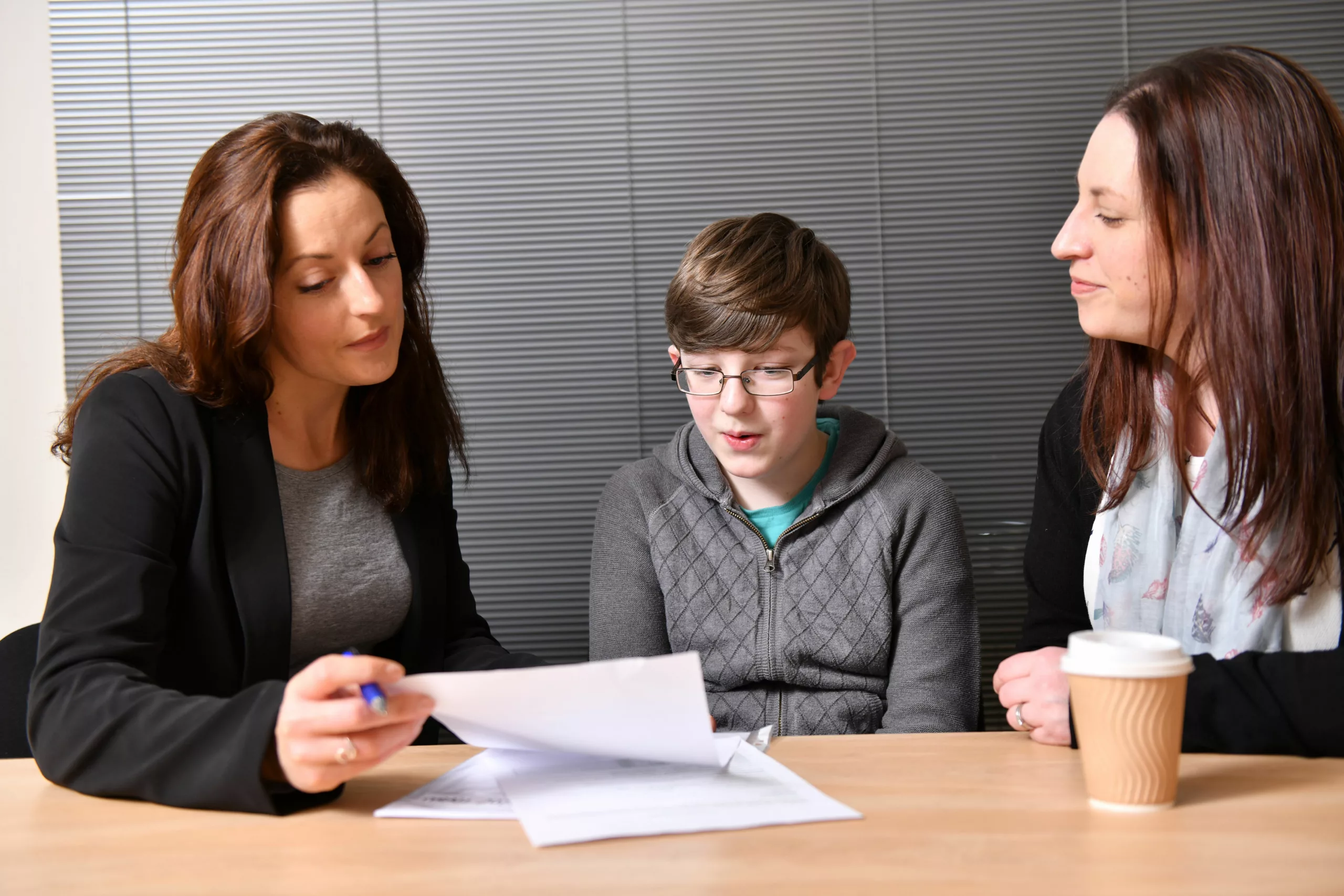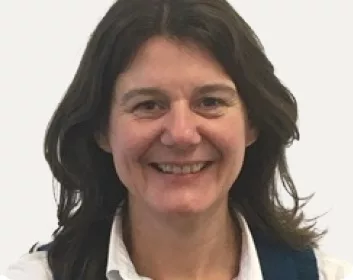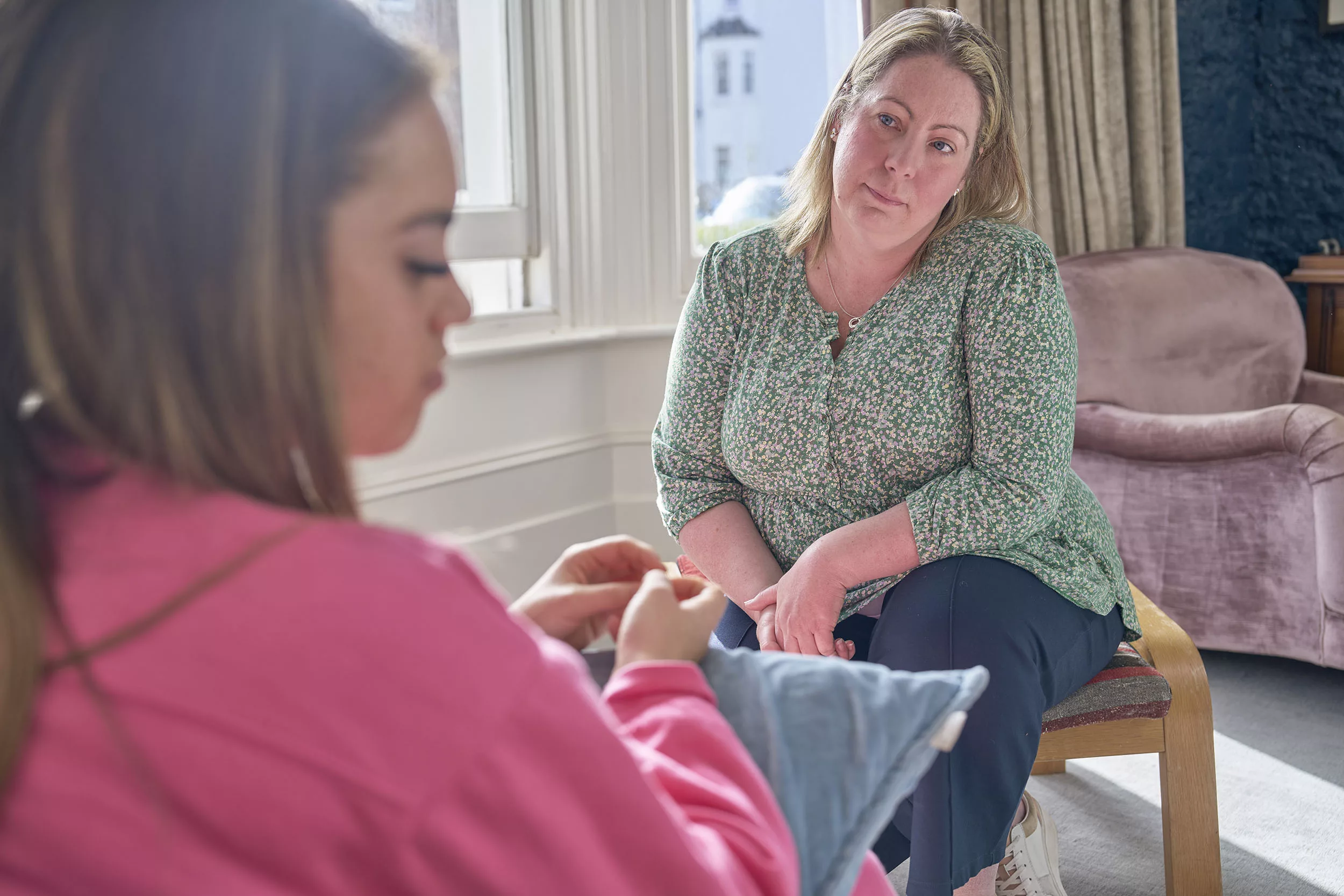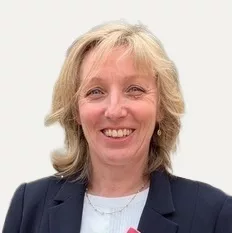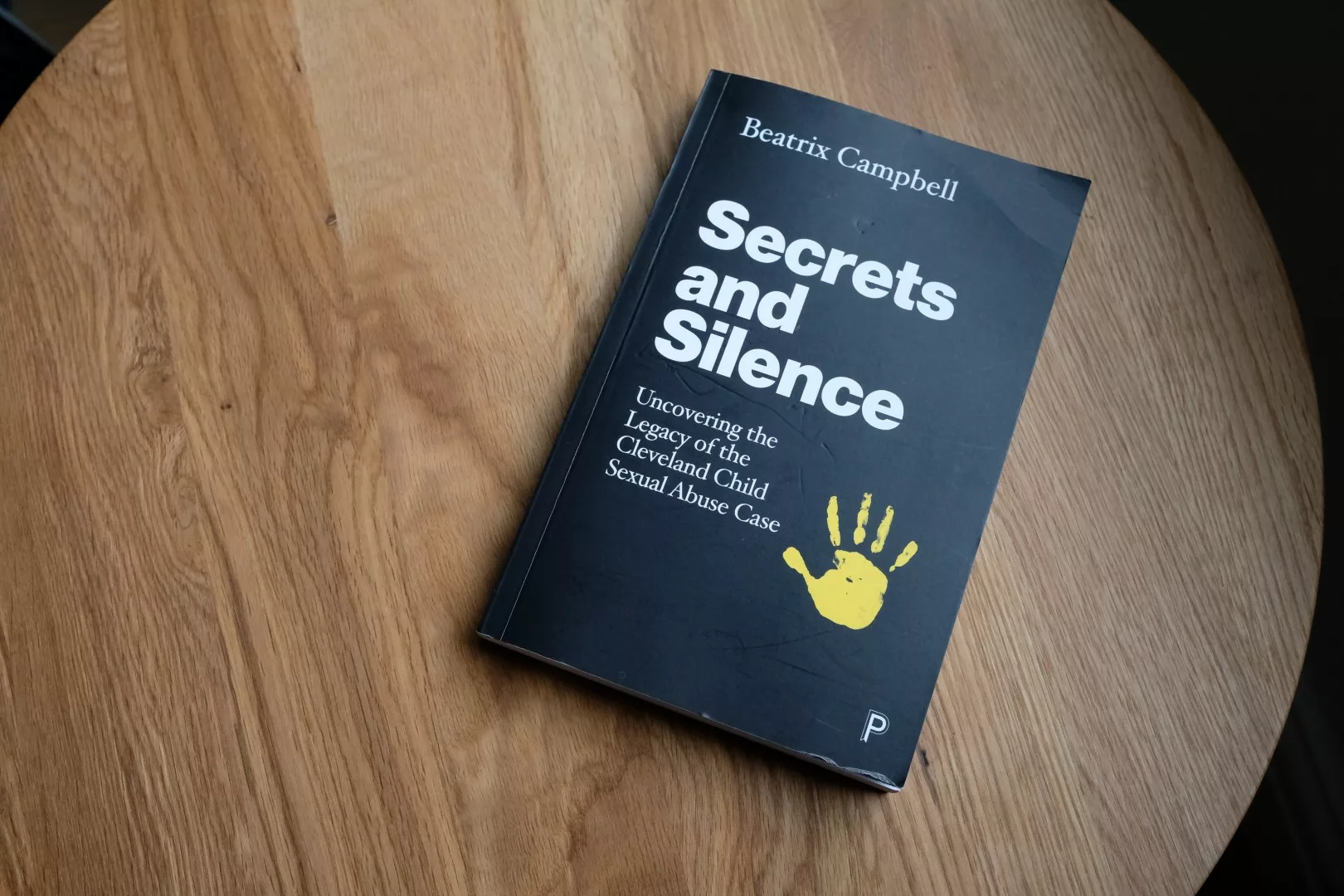This month the report from the joint targeted area inspections (JTAI) into the multi-agency response to child sexual abuse in the family environment revealed many areas for improvement, particularly around training needs and strategic responses. Here, our Deputy Director for Knowledge and Practice Development Anna Glinski reflects on the report and what needs to be done to ensure the multi-agency response dramatically improves.
Child sexual abuse elicits strong emotional responses in everyone who comes across it, and rightly so. The concept of someone abusing their power in a way that sexually violates, humiliates and degrades a child is, and should be, utterly abhorrent. There can be a natural tendency to shut off painful emotions, however not thinking about child sexual abuse also prevents us from talking about it, and not talking about it means we collude with the silence surrounding sexual abuse, a silence in which it thrives. The recent JTAI report into child sexual abuse in the family environment (CSAFE) begins by highlighting this point’ “As a society, we find it difficult to talk about sexual abuse of children within the family environment. The consequence of this reluctance is to reduce our capability and preparedness to protect children from it.”
Being unable to talk about sexual abuse (particularly abuse within the family) is not just an issue for individuals, but also for families, professionals systems and wider society. Even the institutions (and their governing bodies) whose responsibility it is to prepare students to be competent and confident safeguarding professionals in their chosen fields, often provide limited, if any, input in relation to child sexual abuse. Once qualified, the quality and availability of training in relation to intra-familial child sexual abuse is at best inconsistent, with LSCBs offering specific training on child sexual exploitation and very few offering anything relating to sexual abuse within the family. In light of this scarcity of training and focus how can we expect professionals to be equipped with the knowledge, skills and confidence to be able to identify and respond to concerns of sexual abuse in the family?
Building confidence and skills in the workforce
As the JTAI report highlights, children should not bear the burden of protecting themselves and stopping their abuse. Research with children, young people and adults repeatedly tells us that when it comes to verbally disclosing sexual abuse, they need help to tell to communicate what is happening and yet so many professionals lack confidence in what they can ask, say or do to support children to do this. As the professional adults in this dynamic, it is important that we recognise that we are as integral to the disclosure process as the child themselves, and furthermore, that we can support children even without a verbal disclosure. The knowledge required to do this is not ‘expert’ or ‘specialist’, and all professionals need access to it. In fact, the skills needed are unlikely to differ from those already utilised in our roles as social workers, teachers and healthcare professionals, but it is the confidence and courage to use them in the context of concerns of child sexual abuse that needs to be facilitated.
A number of safeguarding partnerships have recognised this area of practice as in urgent need of attention and have invited the CSA Centre to conferences and other events on the issue. While this is a great start, teaching on intra-familial sexual abuse will need to be embedded throughout agencies, within training plans and delivered on a regular basis in order to address the significant shortfall in practice, in agencies described by the Inspectorate as ‘woefully ill-equipped”. The approach must be multi-level and multi-disciplinary in order to be effective and sustainable over time, so that in five years’ time we are in a position where every professional working with children has at least had some sort of introductory training in relation to sexual abuse, whether that is because their pre-qualifying training includes it as a module, or their safeguarding partnership delivers regular training on the issue, or their own agency offers some specific or bespoke input on the issue.
Addressing the gaps and working together
At the CSA Centre we are thinking strategically about ways in which this teaching and learning can be embedded within systems, local authorities, agencies and organisations in a way that is sustainable over time. One such approach has been our CSA Practice Leads’ Programme which we have piloted in three local authorities and a national third sector organisation. Workers across a breadth of teams in children’s social care engaged in a 10 month programme with the idea that they will not only improve their own knowledge, skills and confidence, but also disseminate their learning across their authorities. The evaluation report is due to be published this summer.
We are currently developing a one-day introductory programme on child sexual abuse, which will be available to safeguarding children’s partnerships in a ‘train the trainer’ type model. This way, partnerships will have access to the training package and materials and can therefore continue to deliver the training and use the tools and resources, on an ongoing basis. This may also start to address some of the significant inconsistencies which are evident across England and Wales in terms of data and practice. The JTAI report concluded that, as it stands, “child sexual abuse in the family environment is not a high enough priority” and that long-term national and local strategies on intra-familial child sexual abuse are needed, It is hoped that the upcoming Government child sexual abuse strategy offers a strong basis which encourages agencies to give sexual abuse a higher priority in local areas.
There is much to be done, and the JTAI report provides welcome observations on current practice with children of whom there are concerns of sexual abuse in the family. It is clear that in order for children to be identified, protected and adequately supported, the professionals working with them must have access to up to date knowledge and opportunities to develop their confidence and skills. Preventing and responding to child sexual abuse cannot be the task of any one agency, sector or training provider, rather it must be a coordinated, multi-pronged approach to recognising responsibility and addressing the issues together.

